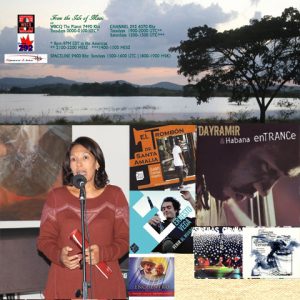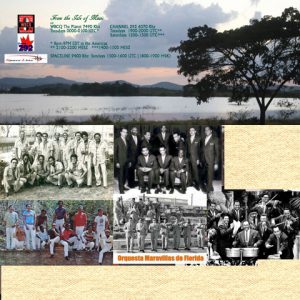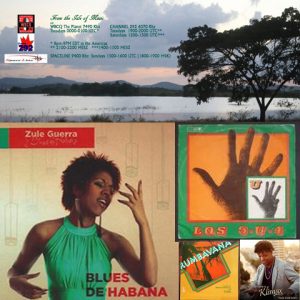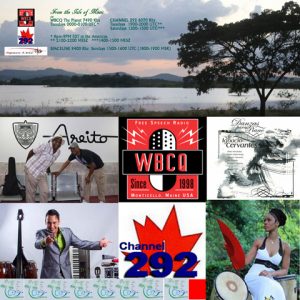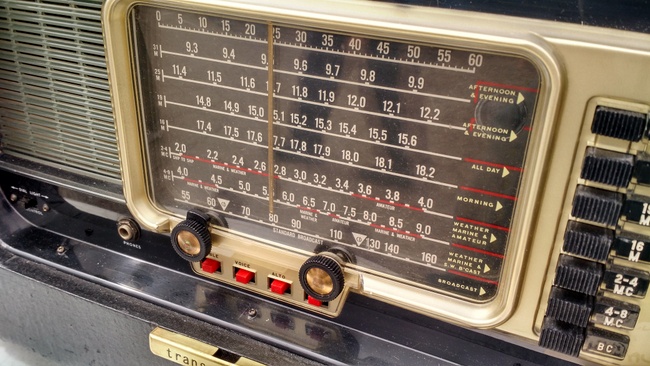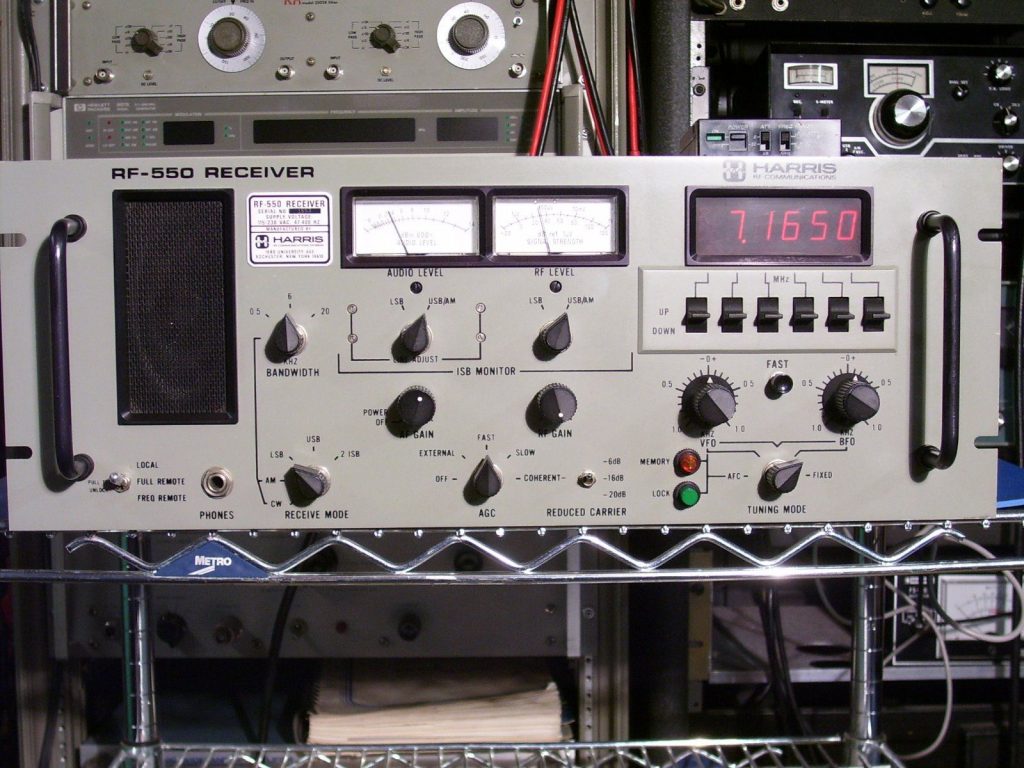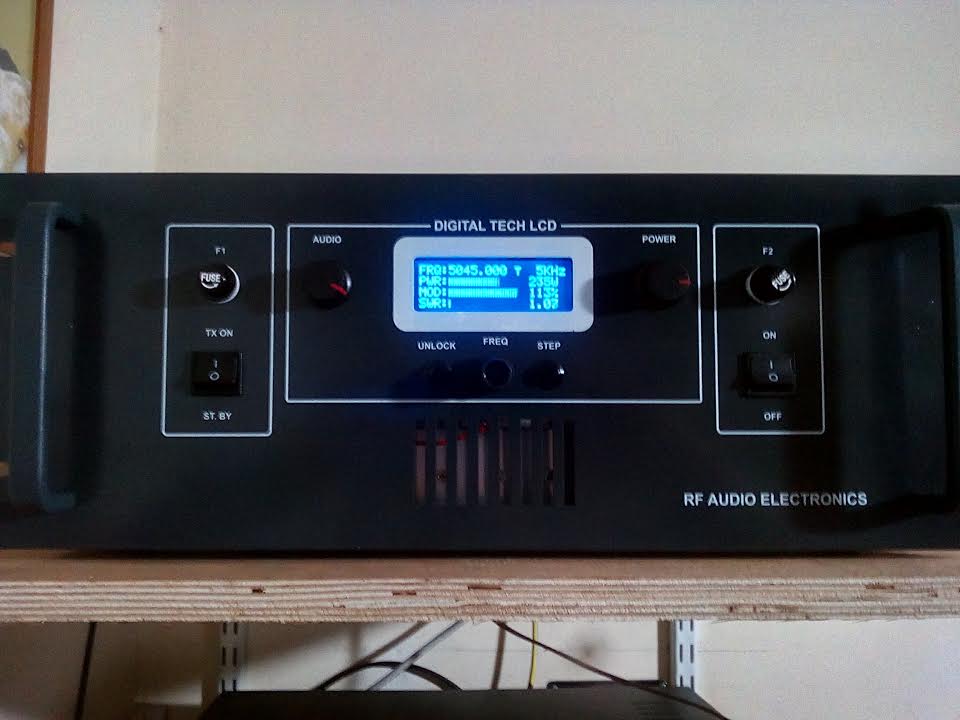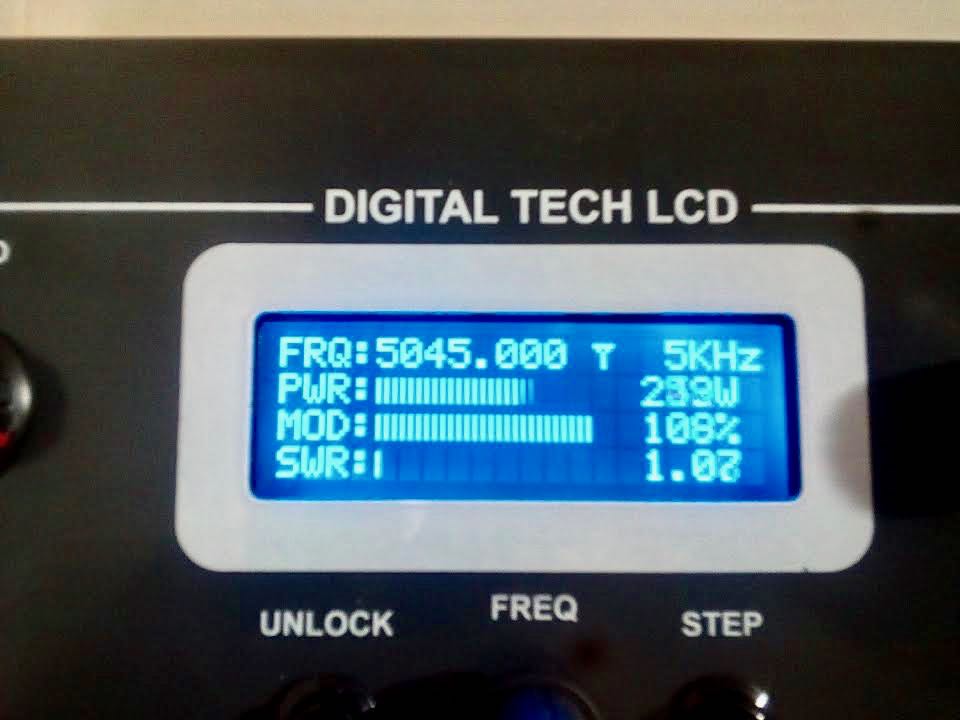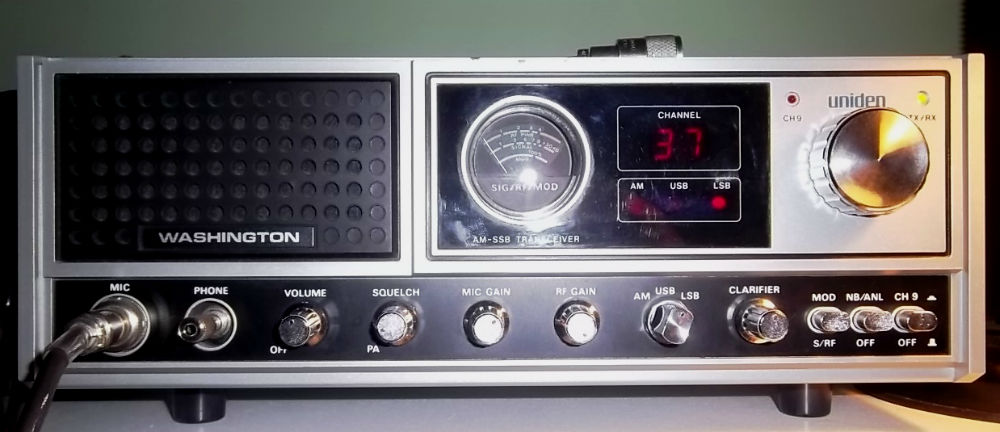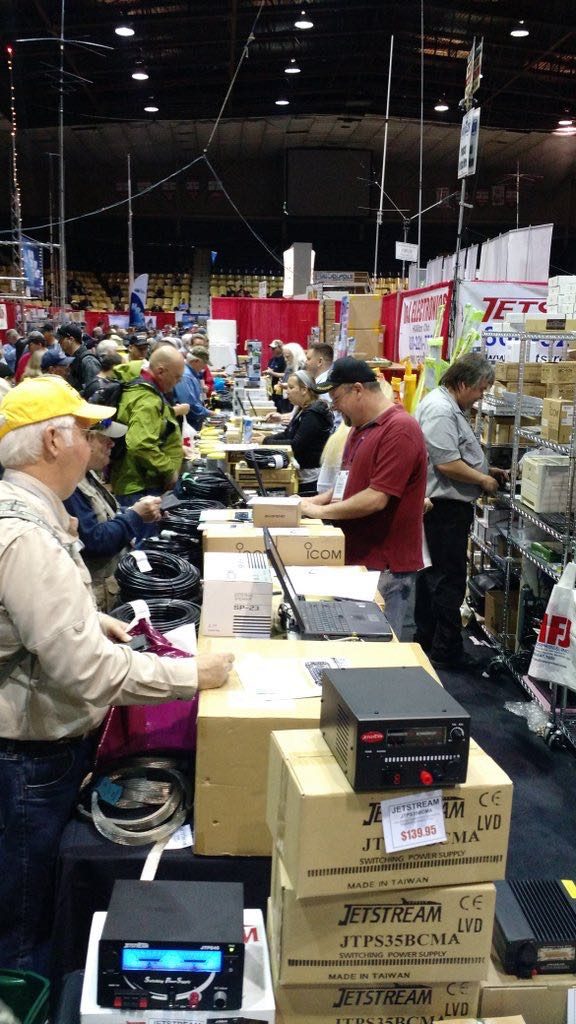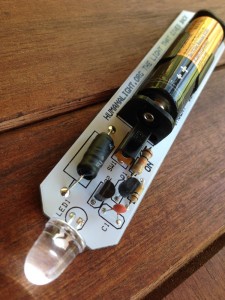I. From the Isle of Music, May 8-June 3
Cubadisco 2017, Cuba’s largest and most important music awards program (a combination of something like the GRAMMYs® and much, much more) takes place during May, and we’ll be away from the studio listening to Cuba’s best new recordings and doing new interviews. While we are doing that, our episodes for May will be a combination of new episodes and some of the best of early 2016 for the benefit of our many new listeners.
May 7-13 will be part 2 of our conversations with Cuban musicologist and producer Gloria Ochoa along with some killer Cuban Jazz.
May 14-20 is a special dedicated to some of Cuba’s very best charanga orchestras. Bring your dancing shoes.
May 21-27 is a replay of an early 2016 episode with special guest Cuban Jazz singer Zule Guerra, but also some 1970s Cuban Rock.
May 28-June 3 is a replay of an early 2016 episode featuring members of Conjunto Chappottin, one of Cuba’s most historically important conjuntos, as well as a mix of other Cuban music genres.
Four possibilities to listen via shortwave:
1. For Eastern Europe but audible well beyond the target area in all directions with 100Kw, Sundays 1500-1600 UTC on SpaceLine, 9400 KHz, from Kostinbrod, Bulgaria (1800-1900 MSK)
2. For the Americas and parts of Europe, Tuesdays 0000-0100 UTC on WBCQ, 7490 KHz from Monticello, ME, USA (Mondays 8-9PM EDT in the US)
3 & 4. For Europe and sometimes beyond, Tuesdays 1900-2000 UTC and Saturdays 1200-1300 on Channel 292, 6070 KHz from Rohrbach, Germany.
II. Uncle Bill’s Melting Pot, Thursdays
Our musical mystery box with the rest of the planet including the US and just enough weird (including a few laughs now and then) to keep us from being confused with any generic World Music program. No gravitas for us! We don’t tell you what’s coming up each week because the surprises are half the fun and we always mix things up anyway. Every Thursday from 2300-2330 UTC on WBCQ the Planet, 7490 KHz

